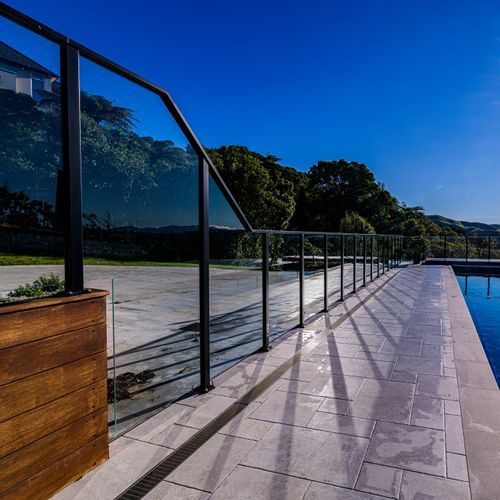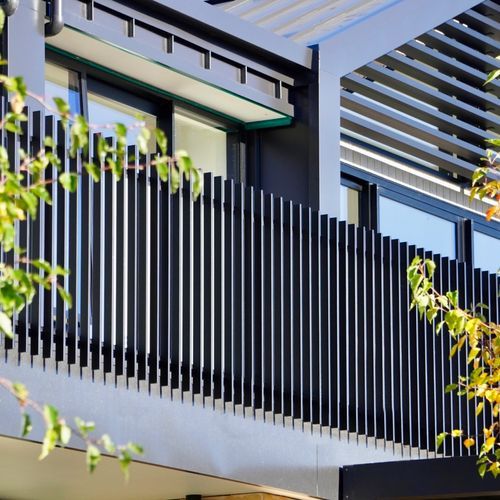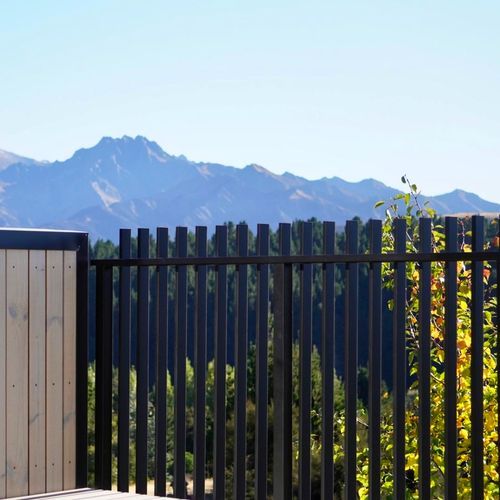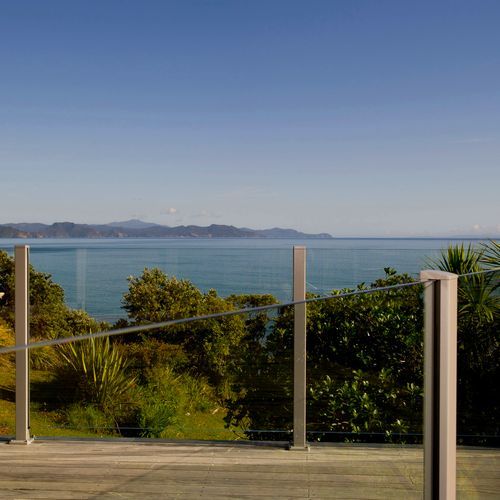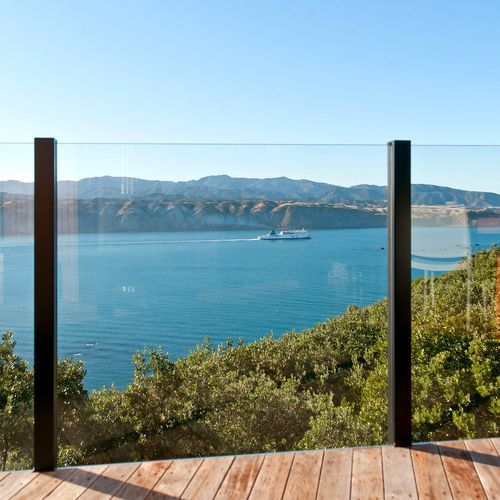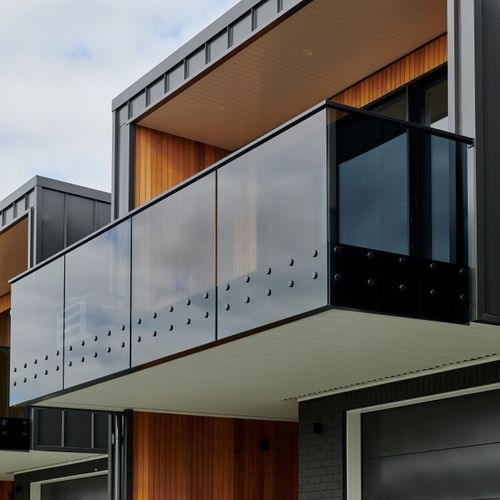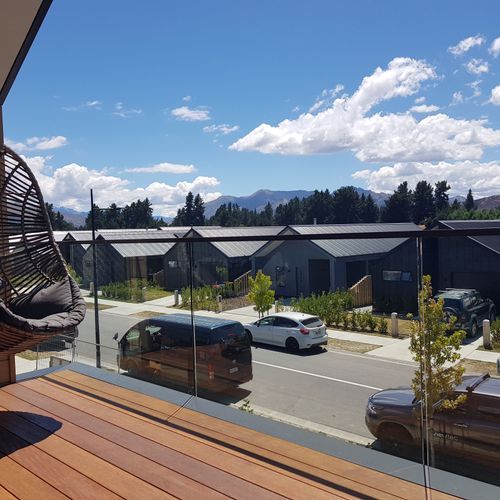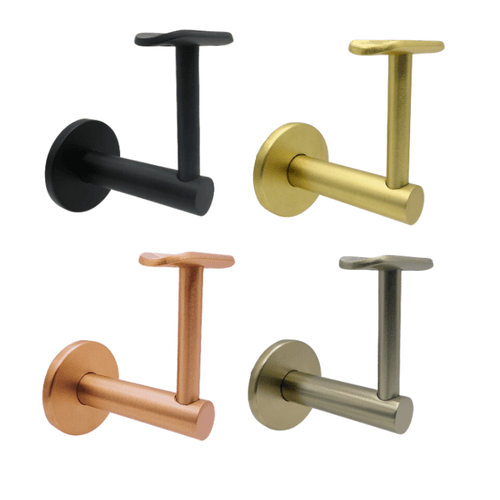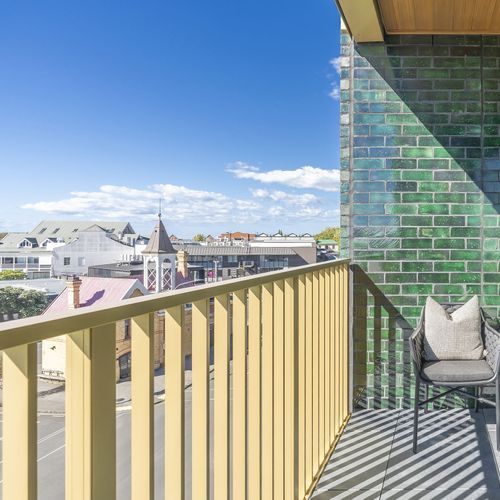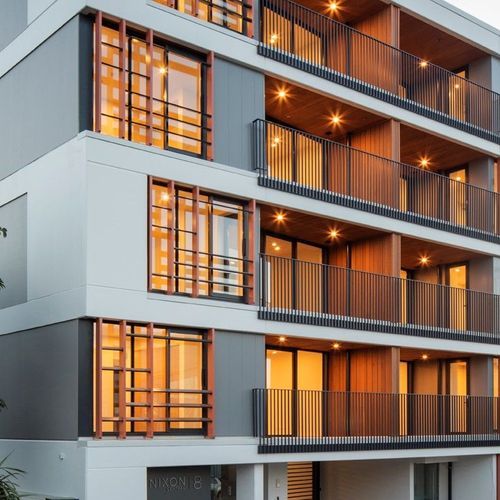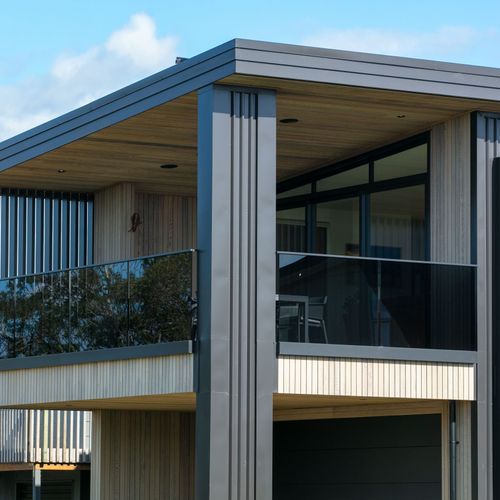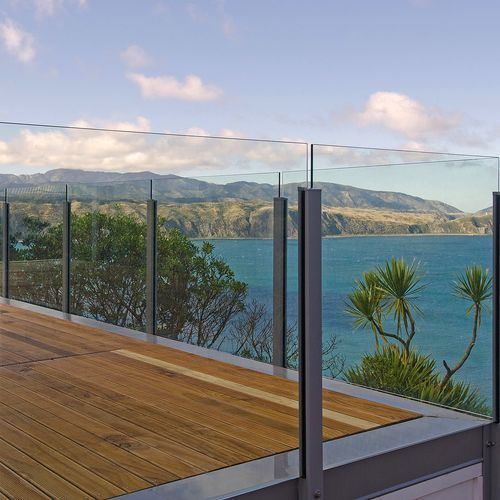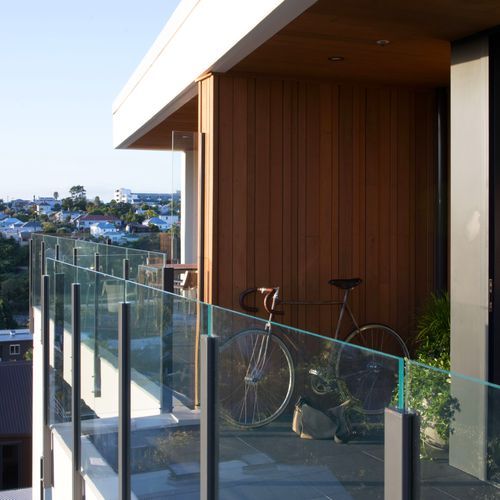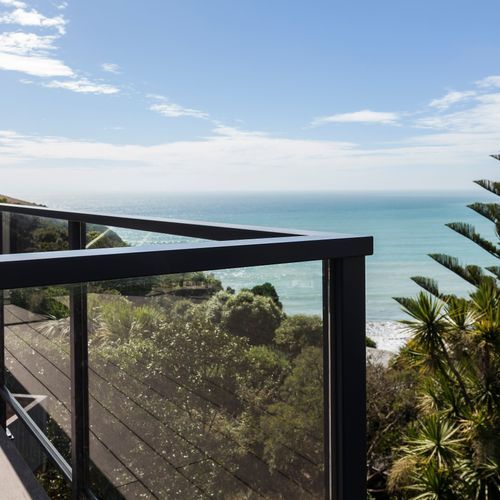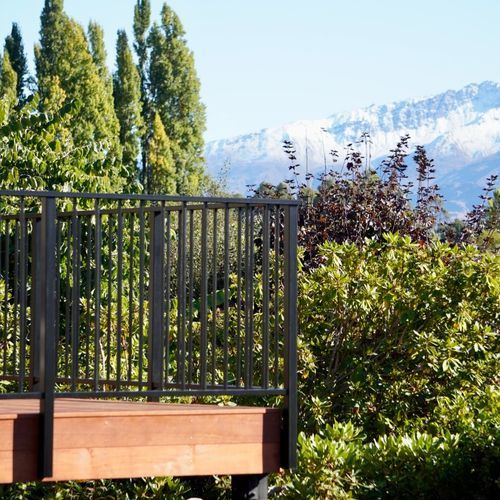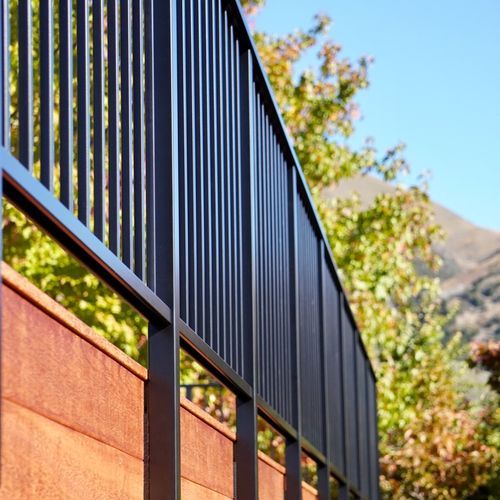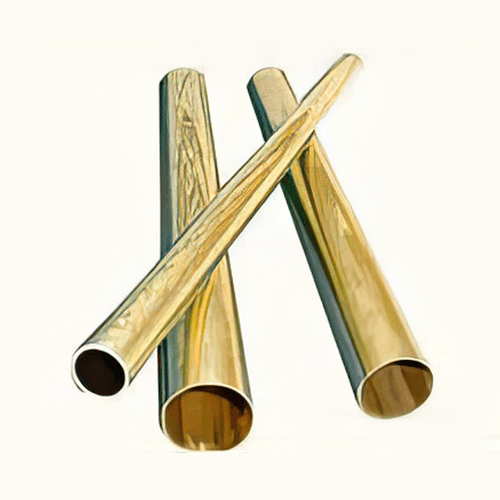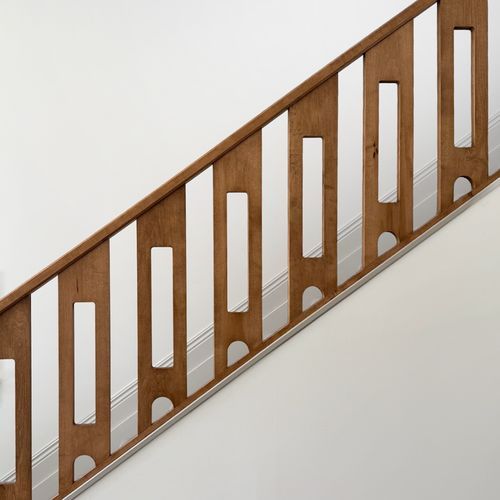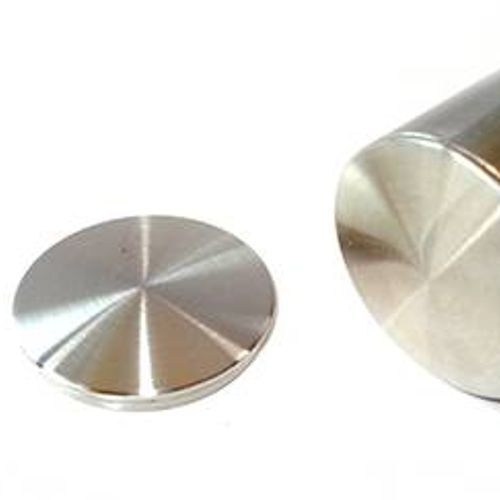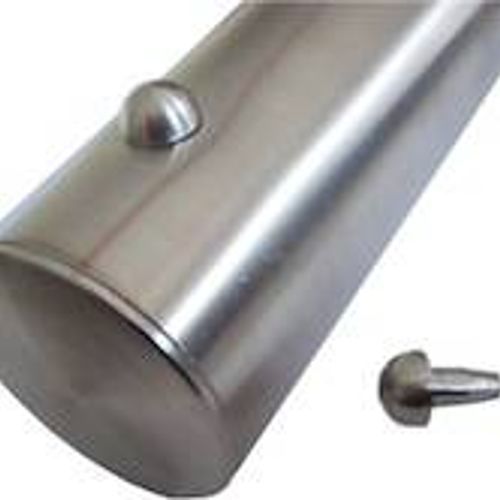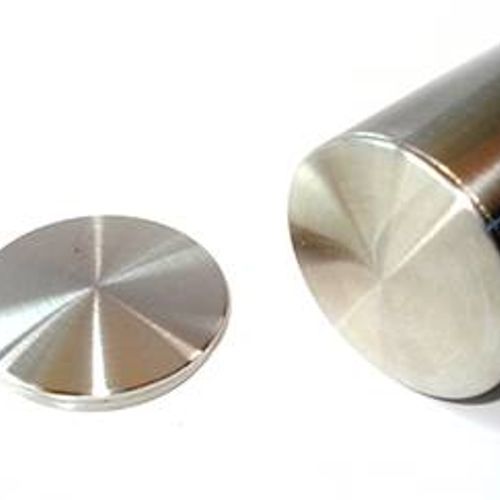Handrails
- It is essential to install handrails to prevent dangerous falls when ascending or descending staircases. In addition, a staircase railing serves as a support for people crossing ramps, stairs, and sloped surfaces. Looking to install a staircase handrail? Head over to ArchiPro and choose between different types of staircase rails that not only provide an excellent grip but are aesthetically pleasing as well.Why ArchiPro?
No more endless searching -
Everything you need, all in one place.Real projects, real experts -
Work with vetted architects, designers, and suppliers.Designed for New Zealand -
Projects, products, and professionals that meet local standards.From inspiration to reality -
Find your style and connect with the experts behind it.Start your Project
Start you project with a free account to unlock features designed to help you simplify your building project.
Learn MoreBecome a Pro
Showcase your business on ArchiPro and join industry leading brands showcasing their products and expertise.
Learn More
